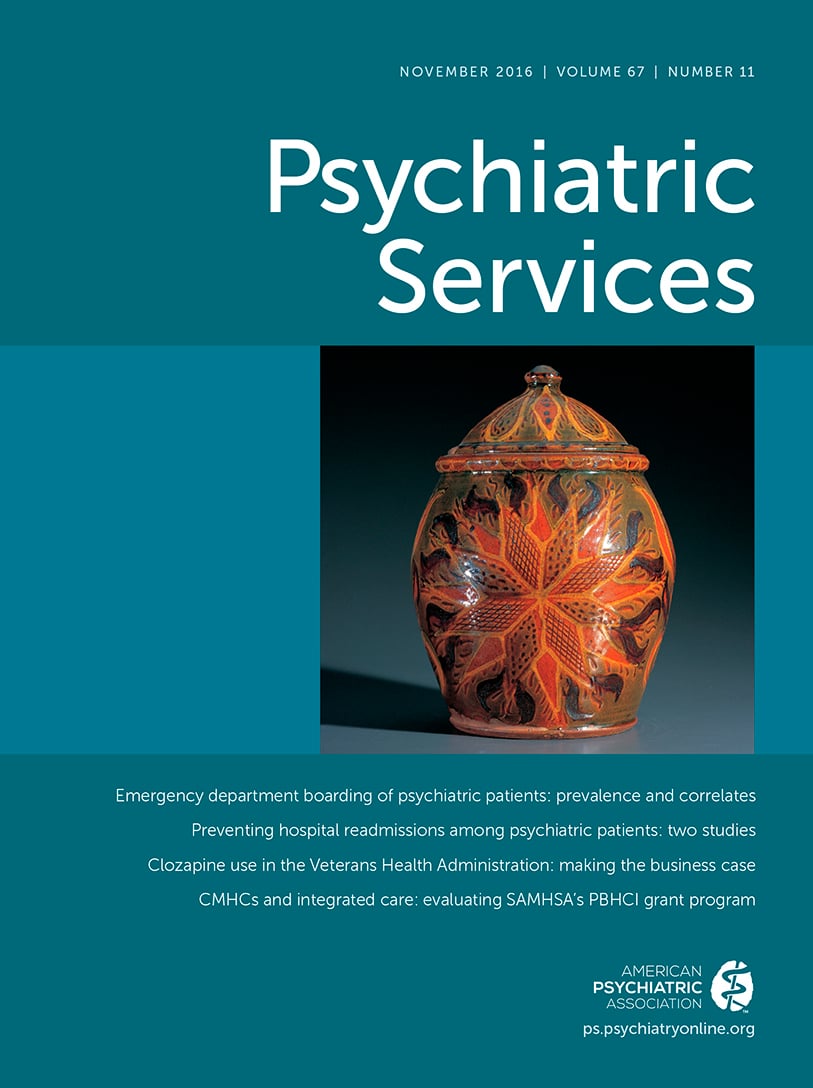Preventing Criminal Recidivism Through Mental Health and Criminal Justice Collaboration
Abstract
What Works
| Mental health activities | Criminal justice activities |
|---|---|
| Engagement | |
| Discuss available treatments and services with client | Discuss legal stipulations and conditions with client |
| Assessment | |
| Conduct psychosocial assessment | Conduct criminogenic risk and needs assessment |
| Planning and treatment | |
| Plan treatments and services | Plan supervision method and frequency |
| Provide treatment | Provide supervision |
| Monitoring | |
| Monitor adherence to treatments and services | Monitor adherence to legal stipulations and conditions |
| Submit progress reports to criminal justice partner | Review progress reports with mental health partner |
| Problem solving | |
| Consider therapeutic options | Consider rewards and graduated sanctions |
| Present recommendations to criminal justice partner | Discuss alternatives to punishment with mental health partner |
| Transition | |
| Discuss transitional supports with client | Discuss termination of supervision with client |
Step 1: Engagement
Step 2: Assessment
Step 3: Planning and Treatment
Step 4: Monitoring
Step 5: Problem Solving
Shared problem solving.
Therapeutic alternatives to punishment.
Rewards and graduated sanctions.
Step 6: Transition
Discussion and Conclusions
Footnote
References
Information & Authors
Information
Published In

Cover: covered jar with star decoration, by Solomon Grimm, 1822. Glazed red earthenware. Gift of Ralph Esmerian. American Folk Art Museum, New York City. Photo: John Begelow Taylor; American Folk Art Musuem/Art Resource, New York City.
History
Authors
Funding Information
Metrics & Citations
Metrics
Citations
Export Citations
If you have the appropriate software installed, you can download article citation data to the citation manager of your choice. Simply select your manager software from the list below and click Download.
For more information or tips please see 'Downloading to a citation manager' in the Help menu.
View Options
View options
PDF/EPUB
View PDF/EPUBLogin options
Already a subscriber? Access your subscription through your login credentials or your institution for full access to this article.
Personal login Institutional Login Open Athens loginNot a subscriber?
PsychiatryOnline subscription options offer access to the DSM-5-TR® library, books, journals, CME, and patient resources. This all-in-one virtual library provides psychiatrists and mental health professionals with key resources for diagnosis, treatment, research, and professional development.
Need more help? PsychiatryOnline Customer Service may be reached by emailing [email protected] or by calling 800-368-5777 (in the U.S.) or 703-907-7322 (outside the U.S.).
